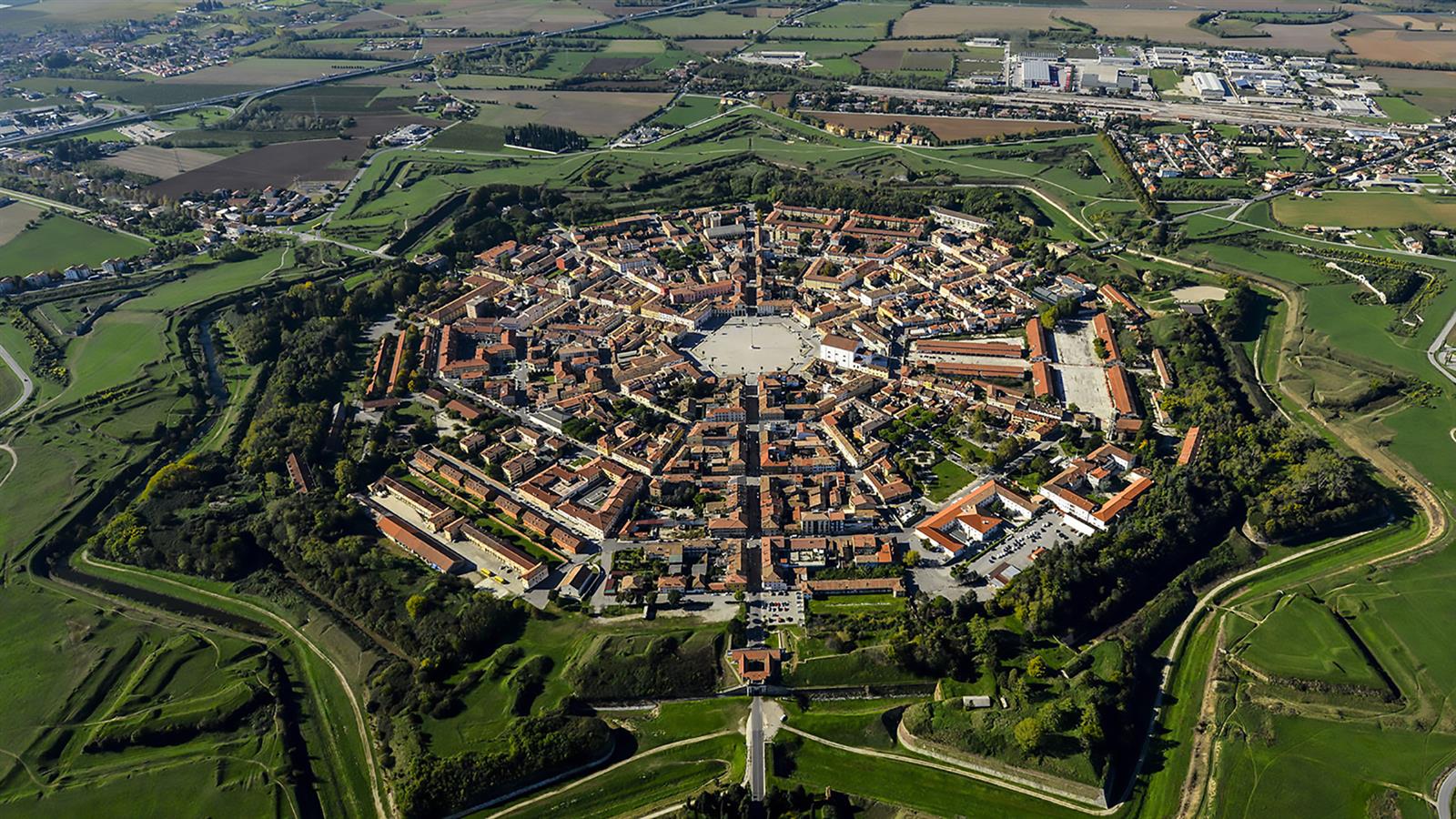The ZEB4ZEN project aims to transform historic neighbourhoods into zero-emission areas, testing solutions that harmonize energy sustainability with heritage preservation — a model that could be replicated across Europe, while respecting national regulations that may vary from country to country.
In the star-shaped city of Palmanova (north-eastern Italy), this transformation will take place through the creation of a Renewable Energy Community (REC). The REC will enable the production and sharing of photovoltaic energy, overcoming historical and landscape constraints thanks to the installation of a solar plant located outside the historic walls.
The preparation phase of this pilot investment was documented in Deliverable D.2.1.1, originally produced in the national language. From now on, an English abstract is available, allowing the experience and methodology to be replicated across Europe.
This preparatory stage defined the technical, legal, and community engagement foundations necessary for the successful establishment of the REC. It included key activities such as feasibility analysis, stakeholder engagement, and legal establishment, thereby setting the stage for the subsequent implementation and evaluation phases.
Furthermore, the preparation phase took into account the complex regulatory frameworks and environmental constraints inherent to heritage sites, demonstrating adaptability and innovation in sustainable energy planning.
The integration of photovoltaic systems outside Palmanova’s historic walls exemplifies the project’s commitment to balancing energy transition objectives with cultural preservation, offering a valuable model for other historic areas striving toward sustainable and low-carbon futures.
Read the abstract in English here.
